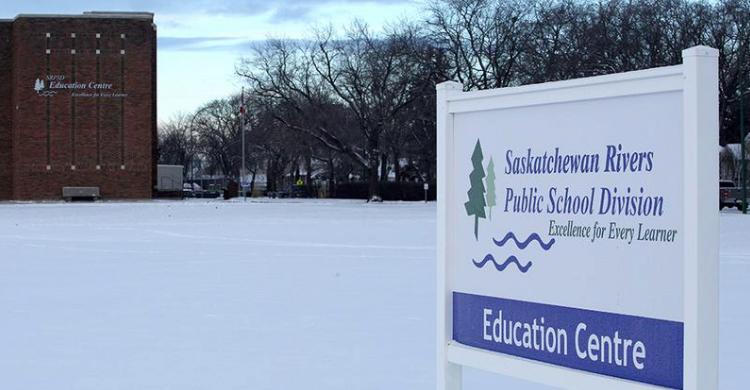Trustees got a good look at the growth and success of Indigenous language programming during the Saskatchewan Rivers School Division board of education meeting on Monday.
Superintendent Jennifer Hingley outlined the progress for the board during the meeting. The division is getting strong support from a number of provincial organizations, which helps boost their language program offerings.
Members of the board and director of education Robert Bratvold attended a Michif language celebration at St. Louis School at the end of January. He said the celebration shows just how much of an impact those language programs are having.
“We know that the program does great things for those kids and their families,” Bratvold said. “(We) have an idea about the impact on community, but when you go to that community celebration, you just see so much community excitement and support for the revitalization of the Michif language.
“It was really eye opening and enjoyable too, but it was just a great opportunity and a great witness to the impact of that Michif language program on families and on communities.”
The Michif programs are done in partnership with Metis-Nation Saskatchewan. At St. Louis School, there are 11 students in the Pre-K and Kindergarten program, while Queen Mary School has 18 students attending the Kindergarten language program full time.
The main difference between the two programs is that Queen Mary School focuses on Northern Michif, while in St. Louis, the focus is on heritage Michif which is specific to that community.
Bratvold said the Truth and Reconciliation Commission’s Call to Action 12, 13 and 14 guides Saskatchewan Rivers in its work to promote Indigenous Languages. He said the support from partners in the community strengthens that work.
“Support for that program at the Kindergarten level, it is just really well supported by those families,” Bratvold said.
The concept is more of a language nest which helps to spur growth and build culture. The John Diefenbaker Cree Language program has grown over the last few years and will expand to Grade 3 next year.
Bratvold said that it is slightly different than an immersion program, but still sees students get a lot of practice with the language.
“It is language rich and using the Cree language consistently throughout the day,” he explained. “The big part of that program is hearing and using and understanding the language, but there is also a big cultural component too that is so closely connected to language that really is helpful for students and families as well. For the school broadly, it is a great asset to the school and to the division.”
The Cree Program at John Diefenbaker currently has 73 students attending in Kindergarten to Grade 2. The program will be expanding to Grade 3 next year.
Bratvold added a strong staff has also helped boost the program.
Hingley also outlined land based learning in the division. Although there are no formal land based learning programs in the division, several schools are pursuing these activities to honour the Board’s commitment to the TRC Calls to Action.
School activities so far this year have included camps, skiing, fishing, hiking and more.
The Hingley presentation was part of a series of presentations by Hingley and Superintendent Corey Trann related to the Strategic Plan of the board of education around learning and innovation. Bratvold explained that the updates were to show a handful of learning innovations in the division.
By: Michael Oleksyn, Local Journalism Initiative Reporter, Prince Albert Daily Herald
